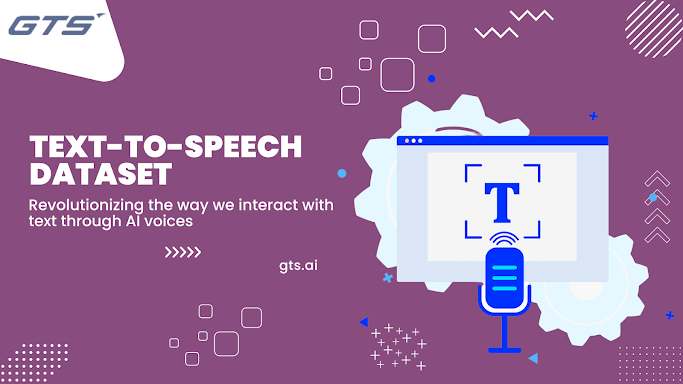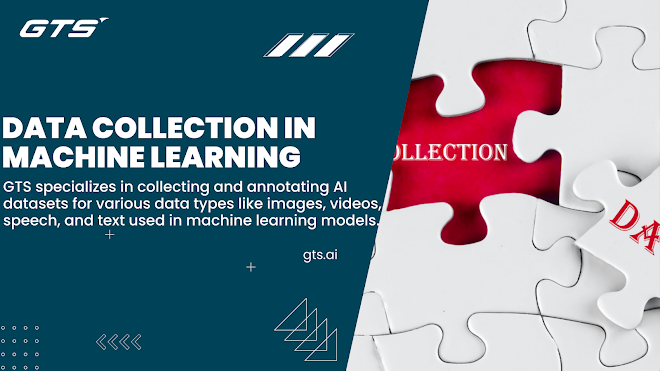Navigating the World of Images: AI-Generated vs. Real
.png)
Introduction:
In the digital age, the distinction between AI-Generated Images And Real Images has become increasingly significant. As technology advances, so does the ability of artificial intelligence to create visuals that are indistinguishable from those captured by cameras. This evolution raises essential questions about authenticity, creativity, and the future of digital media.
The Rise of AI-Generated Images
AI-generated images are created using advanced algorithms and machine learning techniques. Tools like GANs (Generative Adversarial Networks) have been pivotal in this field, enabling computers to produce visuals that range from breathtaking landscapes to portraits of non-existent people. These images can be customized to fit specific needs, making them invaluable for various industries, including advertising, entertainment, and even art.
The Power of Real Images
Despite the advancements in AI, real images hold an irreplaceable value. They capture moments in time, tell stories, and convey emotions in a way that is uniquely human. Photographers and artists use their skills and perspectives to bring out the beauty of the world around us, often highlighting aspects that a machine could overlook.
Comparison and Contrast
When comparing AI-generated images to real ones, several factors come into play:
- Authenticity: Real images offer a glimpse of the world as it is, providing authenticity that AI-generated images cannot replicate.
- Creativity: AI-generated images push the boundaries of creativity, offering new possibilities in visual expression. They can create scenarios and visuals that don't exist or are impossible to capture with a camera.
- Utility: AI-generated images can be tailored to specific requirements, making them highly versatile for commercial use. However, real images are essential for documentation, journalism, and historical records.

Ethical Considerations
The rise of AI-generated images brings ethical considerations, particularly concerning authenticity and misinformation. The ability to create realistic images can be misused to spread fake news or deceive audiences. Thus, distinguishing between AI-generated and real images is crucial, requiring tools and methods to verify the origin of digital media.
The Future of Images
As we move forward, the line between AI-generated and real images will continue to blur. This convergence presents opportunities for innovation but also challenges in maintaining the integrity of visual media. The future will likely see a symbiotic relationship between AI and human creativity, each enhancing the other in creating compelling visual narratives.
Conclusion
The debate between AI-generated images and real images is not about superiority but understanding the unique value each brings. As we navigate this evolving landscape, it's essential to appreciate the authenticity of real images while embracing the possibilities that AI-generated images offer. Together, they form a rich tapestry of visual expression that reflects both our reality and our imagination.
How GTS.AI Can Help You
Globose Technology Solutions can bridge the gap between AI-generated images and real images by offering advanced solutions that enhance the accuracy and realism of synthetic visuals. Their expertise in AI and machine learning could provide essential tools and techniques to improve the quality, detail, and authenticity of generated images, making them nearly indistinguishable from real photographs. This capability is crucial for



Comments
Post a Comment